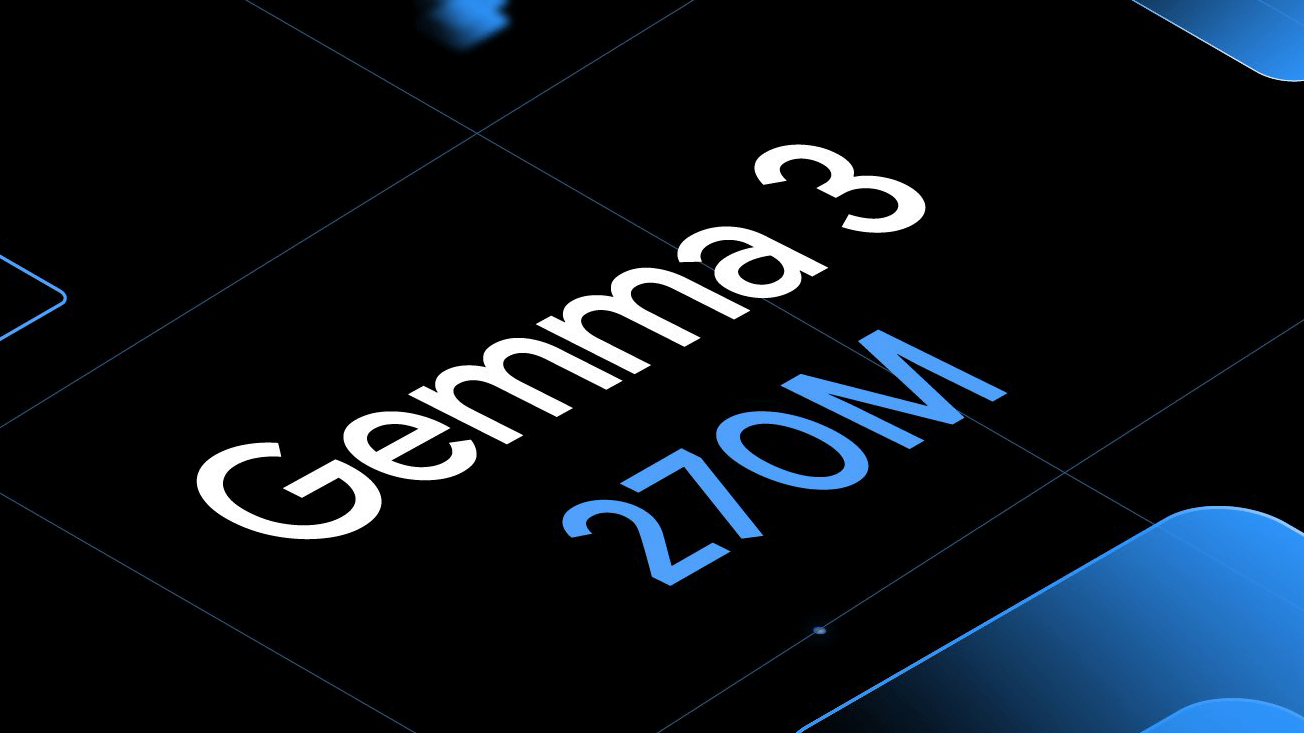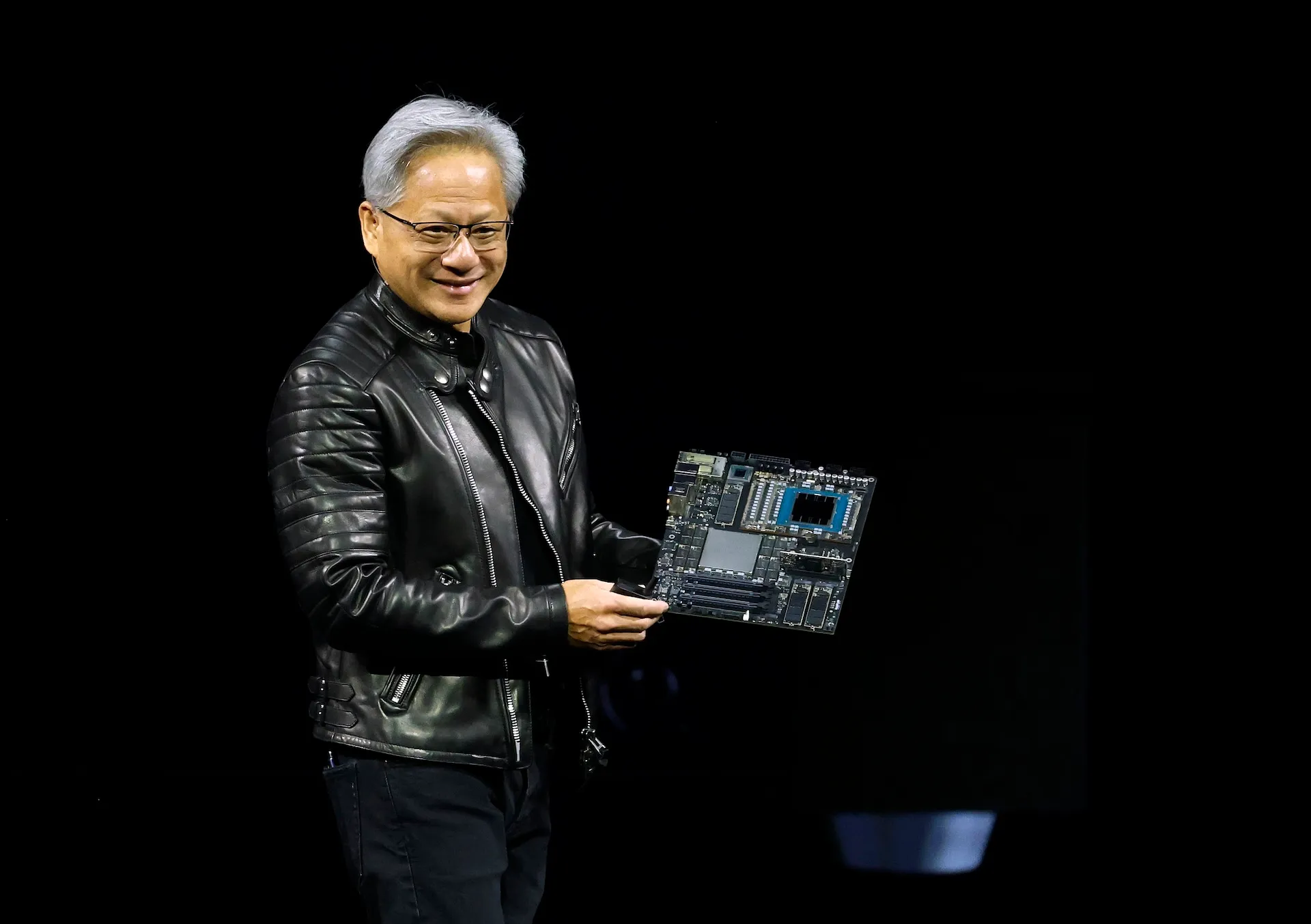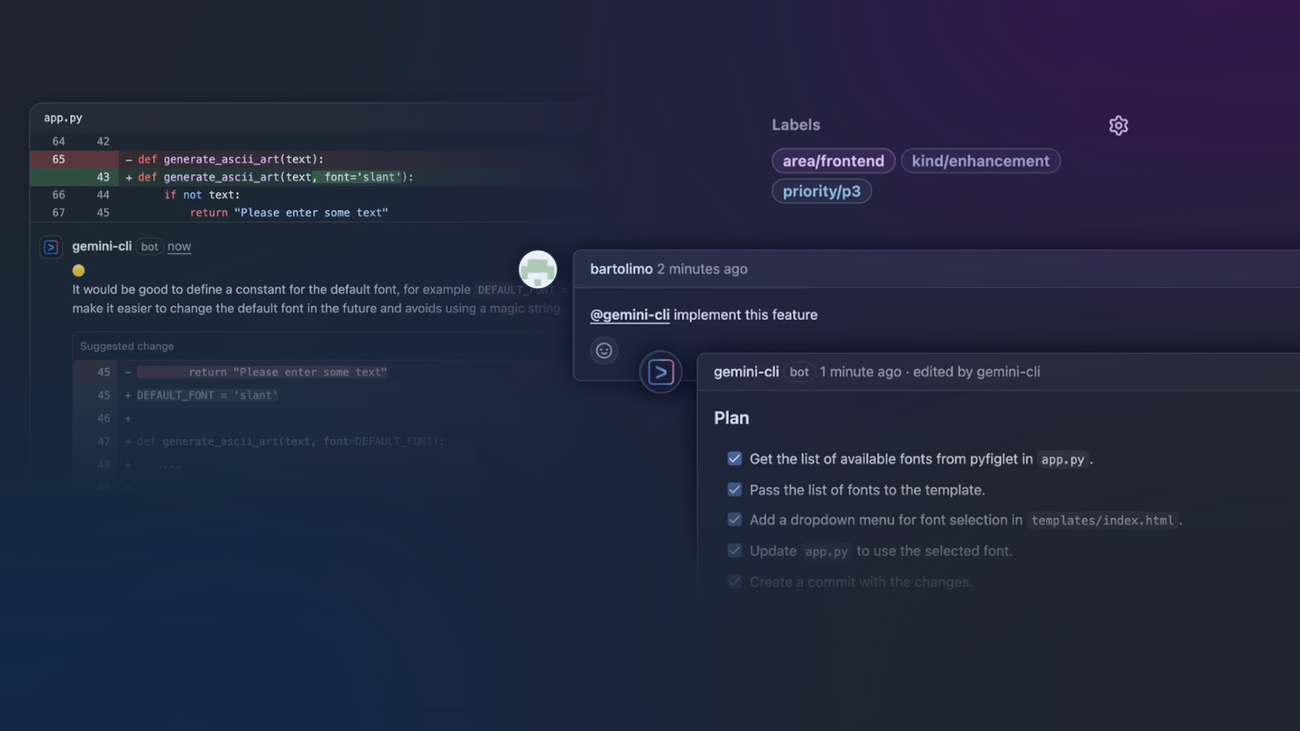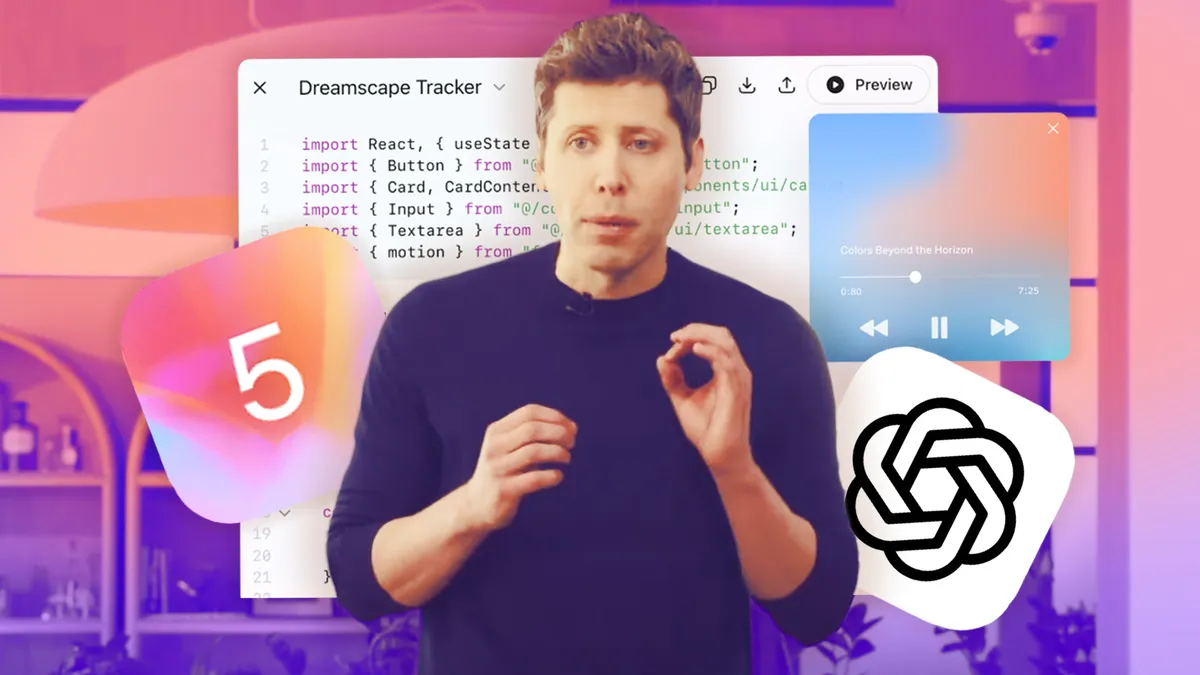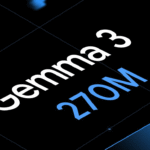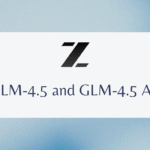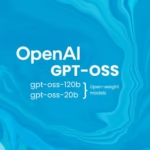China’s DeepSeek R1 has captured global attention as a cost-efficient and open alternative to advanced reasoning AI models like OpenAI’s o1. Built by the Hangzhou-based start-up DeepSeek, this large language model (LLM) demonstrates cutting-edge reasoning capabilities while remaining accessible to researchers worldwide.
Released on January 20, 2025, R1 is already shaking up the field of artificial intelligence with its affordability, transparency, and performance on par with OpenAI’s o1, all while being developed under resource constraints.
A New Contender in Reasoning AI
DeepSeek R1 has been designed to tackle complex problems across domains like mathematics, chemistry, and coding. Its reasoning approach, modeled after human-like step-by-step problem-solving, sets it apart from traditional LLMs.
Early benchmarks showcase its prowess: on the AIME 2024 mathematics benchmark, R1 achieved a success rate of 79.8%, surpassing OpenAI’s o1. Additionally, its coding skills earned a 2,029 Elo rating on Codeforces, outperforming 96.3% of human participants.
These achievements have surprised industry experts. François Chollet, an AI researcher, noted, “This shows that being resource-efficient can be as important as having access to vast compute power.”
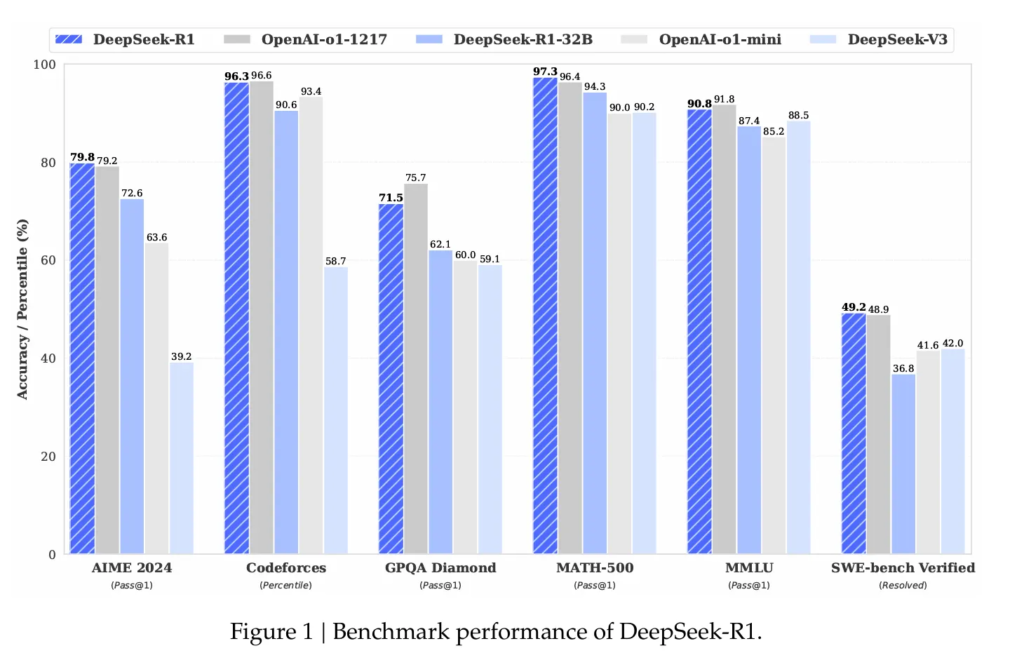
The Appeal of Openness and Affordability
One of R1’s most celebrated features is its openness. Licensed under the MIT license, the model’s code and training methods are freely available, enabling researchers to study, modify, and build upon it. However, the training data remains proprietary, making the model not fully open source by strict definitions.
DeepSeek has also disrupted the AI cost paradigm. Running queries on R1 costs just $0.14 per million tokens, compared to OpenAI’s $7.50—a staggering 98% reduction. Moreover, the start-up offers smaller, distilled versions of the model, allowing researchers with limited computational resources to experiment with R1.
For example, Mario Krenn from the Max Planck Institute highlighted that an experiment costing over £300 on o1 could be conducted for under $10 using R1.
Reinforcement Learning at the Core
DeepSeek R1’s training methodology also sets it apart. Unlike many models that rely heavily on supervised fine-tuning, R1 primarily uses reinforcement learning (RL). This approach allows the AI to learn through trial and error, much like humans do.
Through RL, the model developed advanced reasoning behaviors such as self-verification and reflection, even without explicit programming. Researchers noted its ability to adjust its thinking time for complex problems and correct its mistakes—an attribute many describe as an “a-ha moment” in its development.
A Rising Force in AI Amid Constraints
DeepSeek’s achievements are particularly noteworthy given the constraints imposed by US export controls, which limit China’s access to cutting-edge AI chips. Despite these challenges, DeepSeek trained R1 at a fraction of the cost associated with competitors like Meta’s Llama 3.1.
This success signals a narrowing of the perceived gap between US and Chinese AI development. Alvin Wang Graylin, a technology expert at HTC, remarked, “The perceived lead the US once had has narrowed significantly. Collaboration, not competition, should be the way forward.”
Industry Reactions
DeepSeek R1’s debut has sparked significant discussions across the AI community. Notable voices include:
- Dr. Jim Fan of NVIDIA, who praised DeepSeek for maintaining the transparency OpenAI once championed.
- Awni Hannun of Apple, who highlighted that even lighter versions of R1 can run locally on Apple devices.
- Emad Mostaque, founder of Stability AI, who noted the pressure this places on well-funded competitors: “Imagine raising billions only to be outpaced by an open-source model built for less.”
Potential Market Disruption
DeepSeek R1 is poised to challenge proprietary AI giants by making advanced reasoning capabilities widely accessible. Its affordability and openness could shift market dynamics, especially for organizations looking to avoid costly licensing fees.
Arnaud Bertrand, a tech entrepreneur, compared the development to someone selling a smartphone as capable as an iPhone but at a fraction of the price—a disruptive force that cannot be ignored.
A Glimpse of the Future
The launch of DeepSeek R1 marks a significant step forward for open AI development. As researchers and companies explore its potential, the model’s impact is likely to extend beyond academic and industrial use, influencing how AI models are developed, shared, and adopted globally.
For those eager to experiment, DeepSeek R1 can be accessed via GitHub or Hugging Face**. Its web portal offers a free and open alternative to platforms like ChatGPT, providing a compelling option for users prioritizing reasoning capabilities.


